Peak camping season is upon us, and this July and August millions of Americans will be loading the minivan, heading into our national parks and forests, and inevitably meeting some bears.
Fortunately, most of these encounters will be uneventful. In almost every case, the bear will turn its tail and run. Take Yellowstone national park for example, a perfect grizzly bear habitat.
In its 145-year history, with over 120 million visitors, only eight people have been killed by bears. You are far more likely to die of a tick bite or a bee sting. Indeed, you are more likely to be murdered in your own bed in America than you are to be killed by a grizzly while camping in Yellowstone.
And yet our fear of America’s largest predator prevails (images of Leonardo DiCaprio being ripped apart in Alejandro Iñárritu’s The Revenant are hard to forget).
If statistics cannot assuage our primeval fear, perhaps knowledge can. The fact of the matter is running into the continent’s largest predator is unlikely. But here’s what to do if you run into a yogi in the wild.
First, know your bears

If you come into contact with a bear, it’s important to know what you’re dealing with. There are three species in North America: the black bear, brown bear and polar bear. Unless you’re hiking above the Arctic Circle, you’ll likely only meet one of the first two. Weighing in at 200-500lbs, black bears can be white, blond, cinnamon, chocolate or jet black. The good news? Many are largely vegetarian.
Brown bears are divided into two categories: brown bears and grizzlies. Grizzlies are smaller than brown bears, weighing 200-700lbs, where the coastal brown bear can easily weigh over 1,000lbs. Although they come in the same variety of colors as black bears, grizzlies/brown bears are easily distinguished from black bears by their greater size, large hump at the shoulders and massive head. Of the estimated 32,000 bruins, only a couple thousand inhabit Yellowstone and Glacier, the rest are in Canada and Alaska.
Be alert

The best way to handle a bear encounter is never to have one. Bears like thick brush, berry patches and parsnip thickets, but also regularly use hiking trails. The last thing you want to do is startle a bear. Here are five ways to avoid doing so.
- Leave your damn earbuds in the car and be alert to every sound and movement.
- Make noise. Unfortunately, hiking quietly endangers you. Call out and clap your hands frequently. Sing loudly.
- Beware of blind corners and loud streams where a bear may not see or hear you.
- Hike in groups of at least three people.
- Carry bear spray! Repeat.
- Carry bear spray!
If you do everything right and you still run into one …
- Do not try to get closer to take a picture!
- Do not run. You’re acting just like prey.
- Slowly pull out your bear spray and remove the safety lock.
- If it is a black bear, gather together, stand tall and make lots of noise.
- If it’s a grizzly, remain still and calm. Properly position the bear spray in your hand.
- Speak in an appeasing voice and very slowly back away.
- An agitated grizzly may pop its jaws and pound the ground with its paws. It may also lunge toward you in a bluff charge. Do not use your pepper spray unless the bear is within twenty-five feet.
- If the bear charges, aim the nozzle of the spray just above the bear’s head and give a sustained blast.
Think you can protect yourself with a gun? Forget it

In this trigger-happy society where there are over 300m guns – one for every man, woman and child – the most common myth is that you can protect yourself from a bear with a gun. Forget it.
According to research by the US Fish and Wildlife Service, of those who defended themselves against a bear attack with a weapon, 50% sustained serious injuries – compared to very few injuries incurred by those defending themselves with bear spray. In two studies published in 2008 and 2012 by bear researchers Tom Smith, a professor at BYU, and Stephen Herrero, professor emeritus at the University of Calgary and author of Bear Attacks: Their Causes and Avoidance, the profound efficacy of bear spray versus weapons has been proven beyond a doubt.
Carry bear spray
“Nothing has changed over the past 20 years,” Herrero told me by phone from his home in Calgary. “Bear spray is the most effective deterrent in bear encounters.” Herrero, 76, explains that when a 500lb beast is charging you at 30 mph, a bullet is very small and can easily miss or injure rather than stop a bear. On the other hand, bear spray has a 20ft spread at a 25ft range. (Practice using bear spray before going into bear country.)
“Bear spray is not a substitute for common sense and being cautious – looking around, making noise, avoiding dense bushes and berry patches – but it needs to be with you, always on your belt not inside your pack, whenever you’re hiking in bear country.”
Now get out there and go camping.
This article was first published by The Guardian on 21 Jul 2016. Lead Image: There are three species in North America: the black bear, brown bear and polar bear. Pictured, a (very angry) brown bear. Photograph: Alamy.

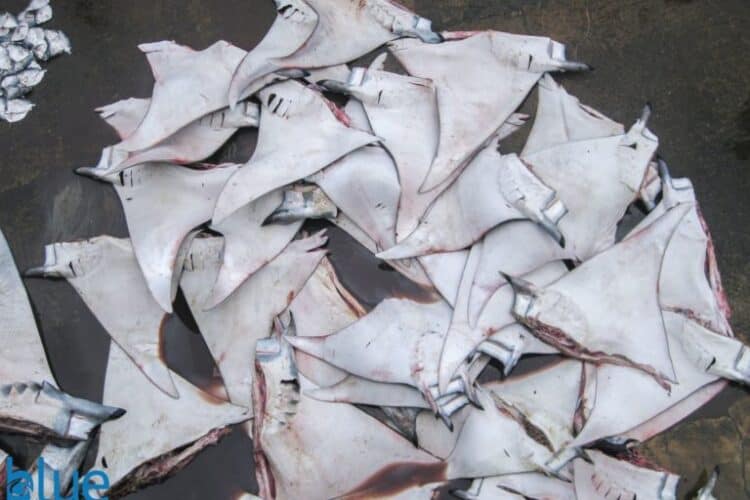
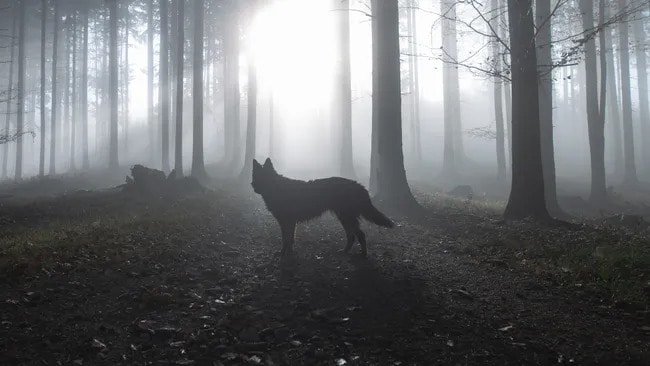
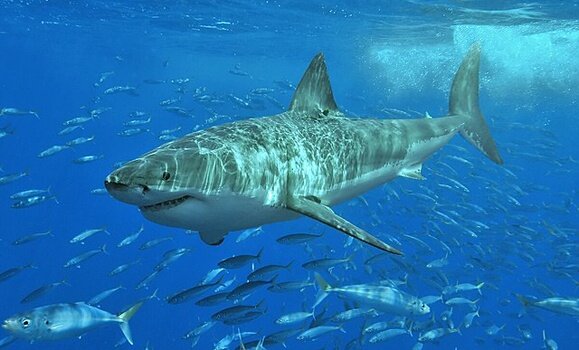
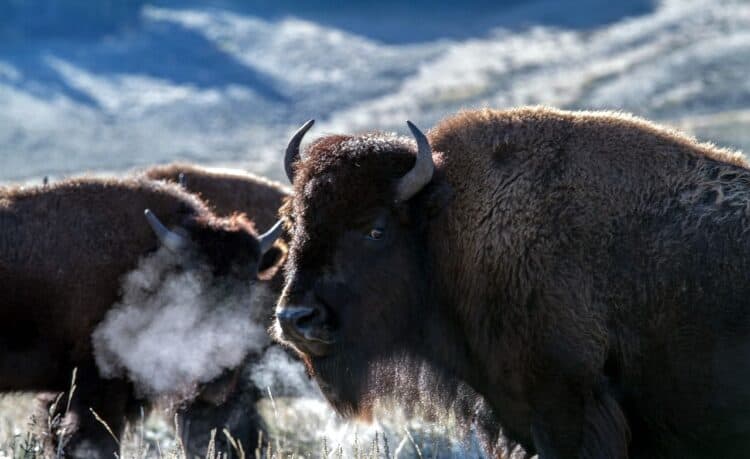
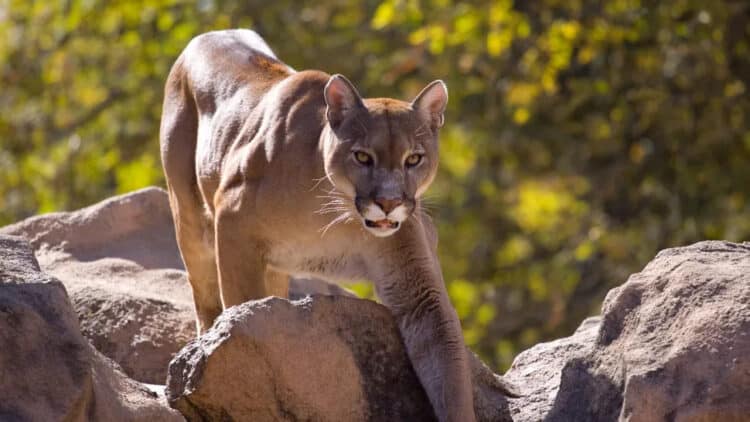
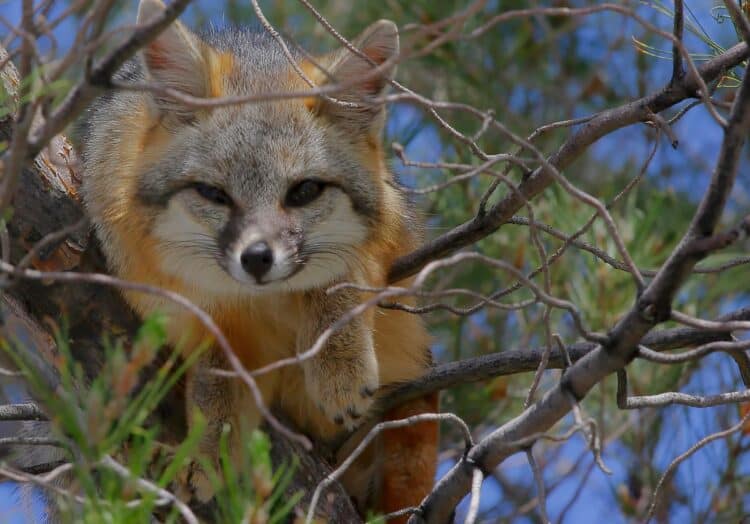
Leave a Reply